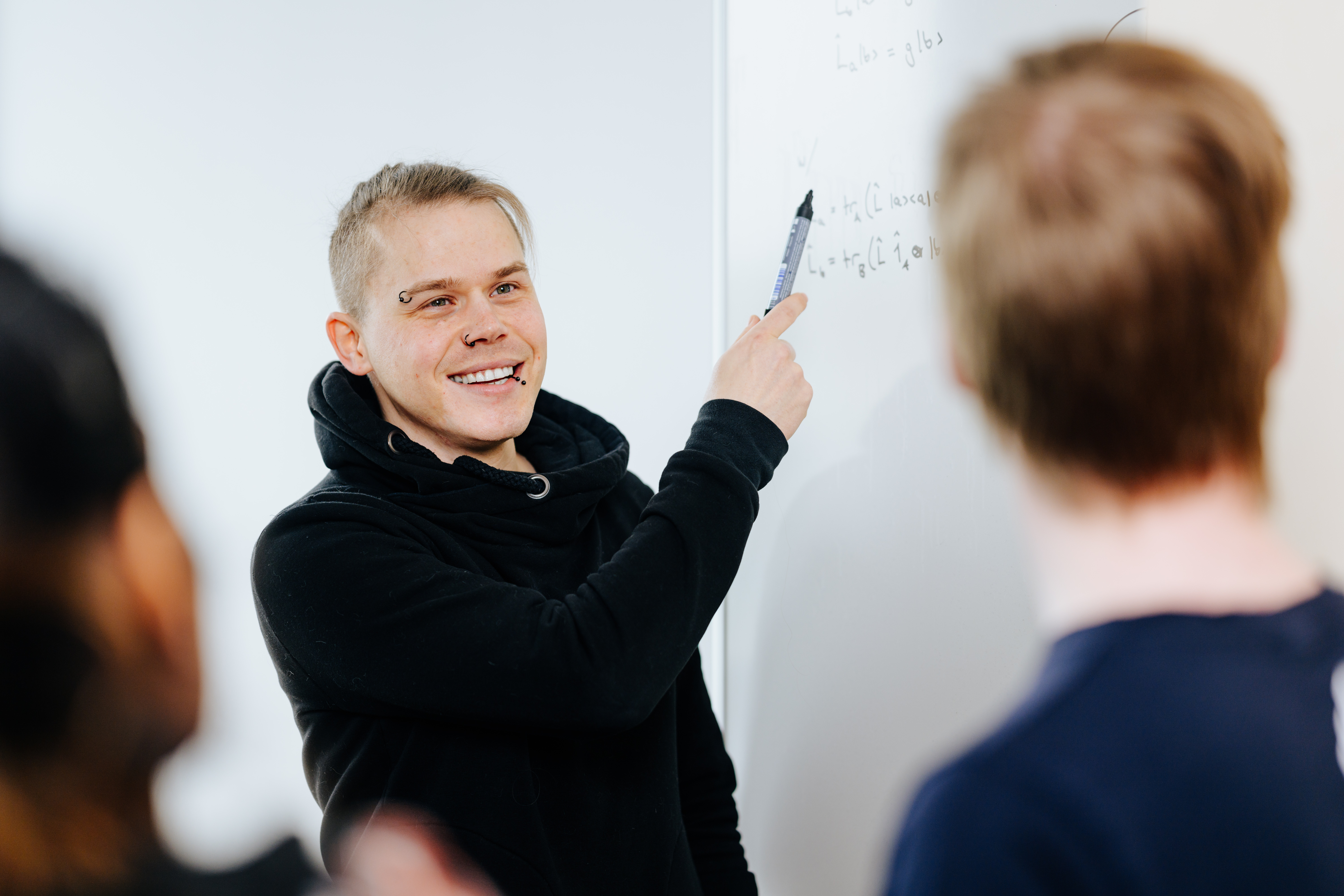What is the sound of quantum light? | Text and audio
The discovery of quantum physics has revolutionized our picture of the universe. Commonly, such quantum phenomena can be found on microscopic scales, such as the description of atoms, but they can extend to the largest known structures of the universe, too, such as explaining fluctuations in the cosmic microwave background radiation. Today, we begin to harness these and other beautiful features of quantum physics in novel technological applications.
One example is the measurement of quantum light for next-generation sensors, with sensitivities that exceed current devices. According to Einstein, light is detected as individual packages, knows as quanta of light or photons. This particle-like behavior cannot be explained by classical theories of light waves.
A single-photon detector functions like a Geiger counter, producing a signal---a so-called "click"---when photons are absorbed. Beyond the presence and absence of photons, carefully designed combinations of such single-photon detectors allow us to count the number of photons in any signal, constituting a main building block of photonic quantum technologies.
In real-world classical and quantum signal processing, every bit of information comes with noise. Interestingly and importantly, the noise properties of classical and quantum light can behave quite differently when measured with combinations of single-photon detectors. For example, classical thermal light produces a very noisy signal (listen to classical_light.mp3) while quantum light renders it possible to diminish this noise significantly (listen to quantum_light.mp3).
This classically-impossible noise suppression of quantum light opens new ways to analyze signals. For example, this low-noise property can be used in gravitational wave detectors that address the challenging problem to detect minuscule ripples in spacetime, as predicted by Einstein's theory of general relativity, on top of all kinds of unwanted background signals.
At the Institute for Photonic Quantum Systems (PhoQS), Paderborn University, we are at the forefront of developing new quantum-powered detection schemes to advance our fundamental understanding of the quantum world and to make the next step towards useful quantum technologies. This includes theoretical research in this field, such as in the Theoretical Quantum Science group, who also simulated audible signals in the above noise demonstration, as well as experimental implementations from the Integrated Quantum Optics group and the Mesoscopic Quantum Optics group.
Enjoy the sound of quantum light and happy World Quantum Day!

